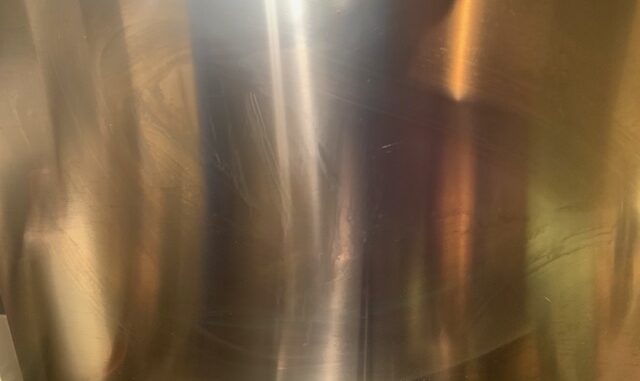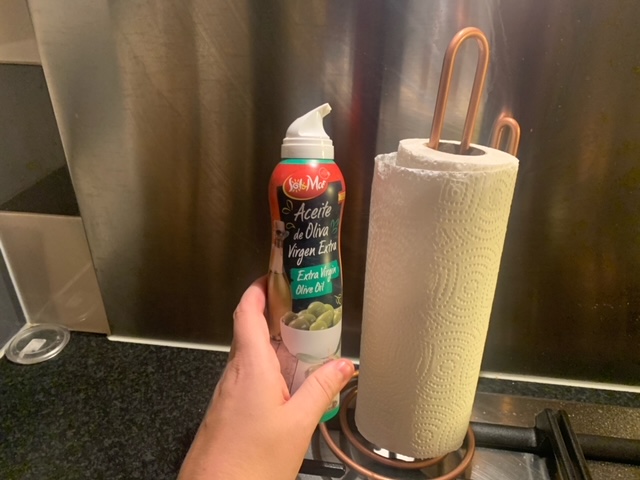You unload your beautiful new stainless steel utensils from the dishwasher-and they’re covered with little black spots! No matter how you rub at them, the spots won’t go away. But isn’t stainless steel supposed to be “stainless?”
Stainless steel flatware, unfortunately, can accumulate discolorations and can even corrode. It’s easier to care for than silver, but it does need at least a little maintenance. And there are some surprising things that can cause stains and rust on your utensils. Follow these tips to keep your stainless steel flatware looking great throughout its lifespan.
Keep it Clean and Dry
There are some foods and beverages that can damage flatware if they stay on too long. Tea, salt, coffee, salad dressing, mustard, and other foods can cause stains and corrosion. It’s best to rinse flatware as soon as you’re done using it.
If your utensils are covered with sticky food, soak them in warm water for ten minutes–but don’t overdo it. Soaking for too long can cause rusting. Never try to clean your stainless steel cutlery with steel wool or stiff brushes, as these can leave scratches. Avoid crowding utensils in dishwasher baskets, and don’t use chlorinated products or anything with orange or lemon additives.
As soon asyour utensils are clean, dry them with a soft cloth. This applies whether you hand-wash or use a dishwasher. Both air drying at room temperature and drying in the heat cycle of the dishwasher can leave spots and can eventually lead to permanent stains.

Keep it Away from Other Metals
Don’t wash stainless steel flatware with other metals. This can create an electrolyte reaction that causes corrosion in the form of tiny black marks called “pitting.” It can also turn your stainless steel cutlery blue! This is called “detergent bloom,” and it happens when detergents, hot water, and a variety of metals create a chemical reaction inside your dishwasher.
It’s best to wash your utensils only with other utensils from the same set. Detergent bloom and pitting can happen even when flatware from two different stainless steel sets are washed together.
Keep it Polished
If you really want your stainless to shine, get rid of any streaking or smudges by polishing it. You can use a specialty stainless steel polish. If you do this, be sure to follow its directions carefully and rinse and dry your utensils thoroughly when you finish.
You can also polish stainless steel flatware with vinegar and olive oil. You’ll need two separate microfiber cleaning cloths, some distilled white vinegar, and olive oil. Dampen the first cloth with vinegar and gently wipe the utensils. This time, you are going to let them air dry, with the vinegar still on them. Once they’re dry, dampen the second cloth with olive oil and rub the utensils with it until they’re nice and shiny.
Conclusion
Your stainless steel flatware is designed to be long-lasting and easy to care for. But “easy” to care for doesn’t mean that it never needs any attention at all. Keep it clean and dry, avoid exposing it to corrosive substances and other metals, and polish it occasionally to keep it looking its best.

